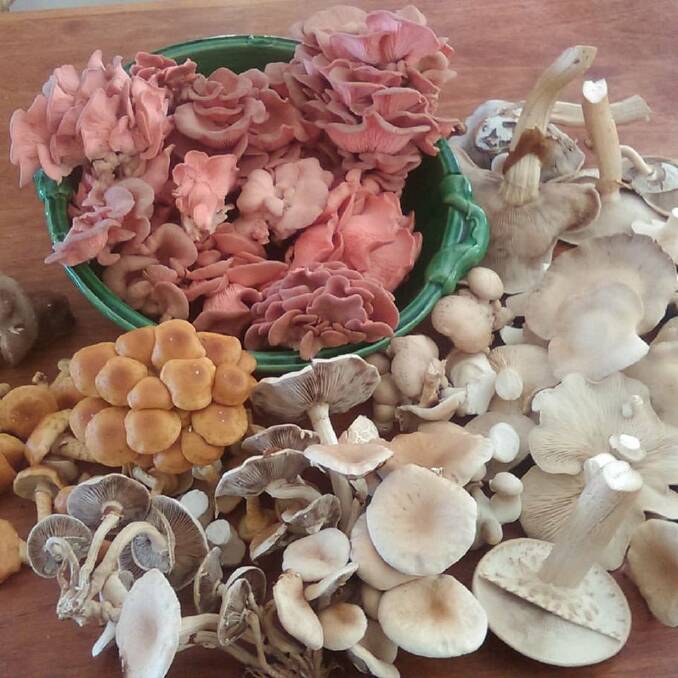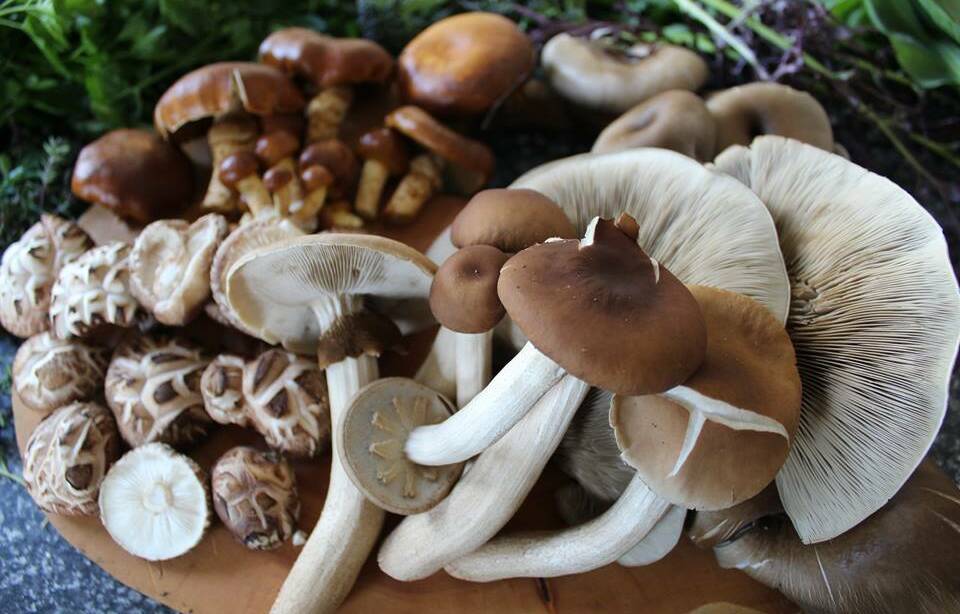Will Borowski from Forest Fungi is one of Australia’s leading pioneers and specialists in growing gourmet mushrooms and teaching others to do the same. We caught up with him to find out how he got started and admire some of his fungi.
What got you started growing mushrooms?
Will Borowski: Back in my university days, I started growing fruit and veggies, and like most gardeners, I discovered that fresh, home-grown food is so much tastier than anything from the shops. Gardening also allows a glimpse into the incredible nature of life and the inter-connectedness of things.
Naturally, I was fascinated with what appeared in my garden, and the ephemeral mushrooms always intrigued me. I tried growing some button mushrooms from a kit, with limited success. Then one day I discovered my surname (Borowski) means “forest mushroom”!
For years I had a recurring dream of picking wild mushrooms in a forest, with women in scarves, but I had no idea why.
I decided to try and grow as many edible mushrooms as I could, but no one in Australia offered supplies or courses. So I taught myself, collected various edible fungi from Asian markets, and within a short time I was growing loads of delicious gourmet mushrooms, at home, with very basic equipment.

A collection of homegrown mushroom greatness including pink oyster mushrooms, king oyster mushrooms, nameko, pioppino and shiitake. Picture: Will Borowski
What types of mushrooms do you grow?
WB: I grow lots of wood-loving mushrooms – more than 20 species, but there are a few I focus on including;
- Pholiota nameko – Nameko for the best miso ever,
- Agrocybe aegerita – Pioppino, my favourite flavoured mushroom,
- Lentinula edodes – Shiitake, which is very different fresh compared to dried, and
- Pleurotus eryngii – King oysters, which have the texture of abalone or calamari.
Some species are very easy to grow, such as grey, white, pink, gold and blue oysters of the Pleurotus genus, and although they’re not my favourites, I grow them because other people love them. Some species are a bit harder to grow, like mycorrhizal fungi such as birch boletes, truffles and morels.
MORE LIFESTYLE
Why should people grow mushrooms?
WB: Because nothing beats fresh, home-grown food. You can use “waste” products, such as coffee grounds, spent brewery waste, sawdust etc., to grow delicious mushrooms. You can use the spent substrate in your garden, it makes great compost, and you can feed it to livestock.

Do people need a special lab to grow mushrooms at home?
WB: No, a clean kitchen will suffice for most aspects. If you want to do tissue culture, your lab can simply be a box! If you want to grow your own spawn, then a pressure cooker is the way to go. If you just buy dowels or spawn, then you can do all your inoculating outside.
Can people living in units grow mushrooms?
WB: Yes, that’s why mushroom growing is now so popular, because you can grow indoors in small spaces, in places without direct sunlight (although they do like some sunshine).
There are some amazing terrariums featuring fungi, so they can be a feature. Long lasting mushrooms, Ganoderma species such as Reishi (Japanese) or Ling-zhi (Chinese), which can live for decades, are revered for the tea you can brew from them, as well as being decorative works of art.
- Hannah Moloney and Anton Vikstrom are the founders of Good Life Permaculture, a landscape design and education enterprise regenerating land and lifestyles.
